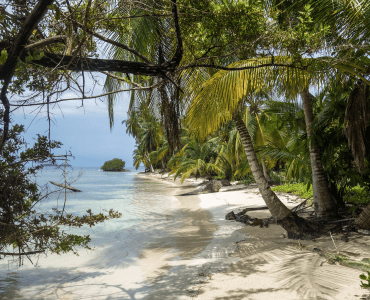The Grand Canyon is a steep-sided valley engraved by the Colorado River in Arizona. It is located within the Grand Canyon National Park, one of the most famous and oldest national parks in the US. Based on traditional scientific concurrence, the canyon was formed by the Colorado River over a period of more than six million years. Although it is not the deepest canyon in the world, the Grand Canyon is known for its overwhelming size and its complex and colourful landscape. It has a width that ranges from four to 18 miles (or 6.4 to 29 km), a more than a mile (1.83 km or 6000 feet) depth, and is 277 miles (or 446 km) long.
Before European migration, the Grand Canyon area was occupied by Native Americans. The Pueblo people believed the Grand Canyon (or “Ongtupqa” in the Hopi language) to be a sacred site and conducted pilgrimages to it. García López de Cárdenas of Spain, who arrived during 1540, was the first European recognised to have seen the Grand Canyon.
The Grand Canyon is one of the six different physiographic divisions of the Colorado Plateau and is regarded as one of the major natural wonders of the world. The Grand Canyon, including its wide range of tributary canons, is valued for its mixture of depth, large size, and the exposed forming of colourful rocks dating back to Precambrian times. Although sevevral places are accessible by backcountry roads and pack trail, other parts of the Grand Canyon are extremely rugged and remote. As such, it is regarded as a “special flight rules” airspace, in which detailed charts indicate areas that are constrained and areas that have the least flight altitude requirements.











